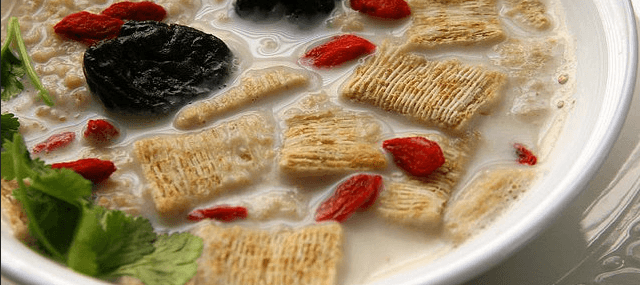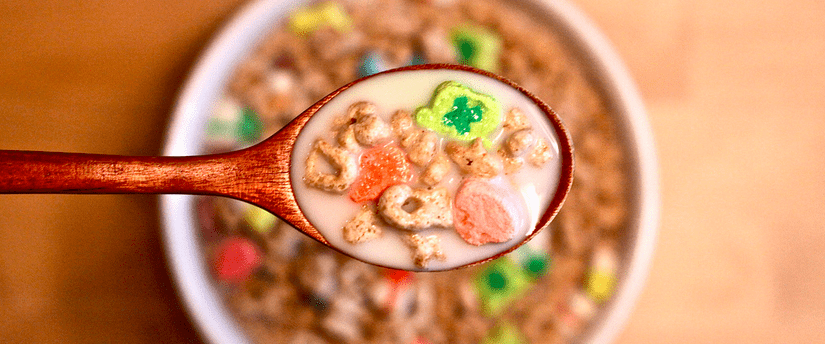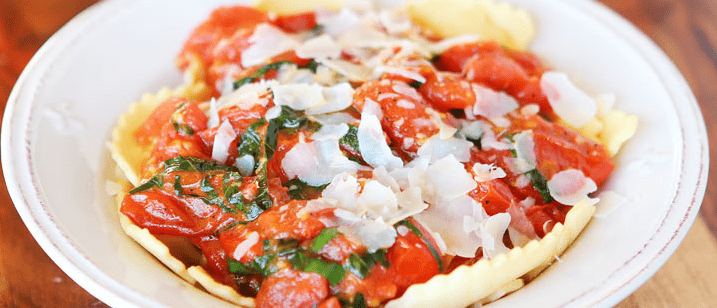Last modified on July 16th, 2020 at 4:58 pm
An ideal weight-loss plan is one that has the right balance of optimum exercise and a healthy diet. Adopting a healthy lifestyle requires a lot of motivation. Paying for gym memberships or classes for yoga or Pilates can push us out of our couches to exercise regularly. However, switching to healthy eating takes more than that. A vegetarian diet plan is the best way to start out a weight-loss program. Even for people with diabetes, a vegetarian diet can help in managing the condition. For vegetarians or vegans, choosing the right food can put them on the right track. Non vegetarians on the other hand find it hard to choose a vegetarian diet plan in order to lose weight. Here is why a vegetarian diet plan works best for weight-loss:
We consume lower calories with a vegetarian diet
A typical vegetarian diet consists lower levels of cholesterol
A vegetarian diet reduces high blood pressure
It also cuts down the risk of cardiovascular diseases
Vegetarian weight-loss meals can include a combination of different low-calorie foods. It would be a good idea to include the following foods frequently to your meals. These foods give the right kind of nutrition that aids in weight-loss:

Grains and cereals provide the right amount of energy and nutrition and are also rich sources of micro-nutrients such as zinc and iron. Include foods such as brown rice, muesli, oats, barley, whole wheat bread.
Fruits are the best deal in any vegetarian diet plan. They help us in many ways to lose weight. Fruits have lower calories. They are also a rich source of fiber, antioxidants, vitamins and minerals. Water rich fruits such as apples, watermelons, orange and berries make for a wise choice.
Nuts and seeds are a good source of good fatty acids such as omega 3 fatty acids. That apart, nuts and seeds also provide micro-nutrients such as vitamins and minerals. Protein and fiber are also found in nuts. Flax seeds, peanuts, walnuts and almonds can be consumed either as snack or used as toppings to various dishes.
Dark green leafy vegetables are an essential part of a vegetarian diet. They are a storehouse of protein, fiber, phyto-nutrients, antioxidants, vitamins and minerals. Broccoli and Spinach are some options.
Protein rich foods are a must in a vegetarian diet. It is easy to ignore proteins when it comes to choosing a vegetarian diet. But you will be surprised to know that there are so many sources that are rich in protein. These include lentils, soya products such as tofu, kidney beans, chickpeas and black beans.
Vegetarian Diet Plan For Weight-Loss: Things To Keep In Mind
Before you embark on a vegetarian diet plan for weight-loss there are some things to be kept in mind:
Choosing a vegetarian diet means salads get becomes part of at least one meal every day. It is easy to give into temptation and use fatty products as dressing. This is where you should exercise caution. There are many non-fat varieties of dressings available for that salad or sandwich. Some of them include Italian dressings or mustard. Be sure to not make mayo or cream as your dressing.
Breakfast is the most important meal of the day. Keep it heavy. Through your breakfast you can draw most of your nutrition for your energy needs throughout the day. By skipping breakfast, you will find yourself reaching out to high-calorie snacks at odd hours during the day.

While consuming fruit juices or other beverages, ensure that the sugar intake is lesser than your usual serving. Sugar releases a lot of energy. Cutting down on levels of sugar, can vastly quicken weight-loss.
Having coffee or tea is okay as long as the milk or dairy products such are creamers used are non-fat.
Though you may take up a vegetarian diet, there are many foods that are high on fat. These include donuts, French fries and onion rings.
Taking up a vegetarian diet does not mean you skip meals or starve yourself. It is about choosing the right kind of food to be eaten at the right time. A vegetarian diet plan is all about regularizing one’s metabolism to lose weight naturally without compromising on nutrition. Eat small meals frequently instead of 3 large meals.
Water is the most important food! Keep drinking water throughout the day and replace those high calorie sodas with water.
Protein: Beans, nuts, soy products, low-fat dairy products
Calcium: Dark leafy vegetables, yoghurt, slim milk, beans, green vegetables, almonds
Iron: Green vegetables, dates are good sources of iron. Citrus fruits, tomatoes increase iron absorption
Vitamin B12: Cereals, soymilk, yeast
Vitamin D: Cereals, fortified soy milk, skimmed milk, citrus juices
Here are some ideas to plan out your meals during your days suggested. You can switch dishes between the days. Following a healthy vegetarian diet plan is a lot of fun as it gives you many opportunities to experiment with new dishes and ingredients. You will be surprised to see that vegetarianism has a lot of choices to offer that are both tasty and healthy.
Breakfast:
Oatmeal / A bowl of cereal
A glass of skimmed milk
A serving of fresh fruit such as apples or melons
A toast with peanut butter
Snack:
A banana
Lunch:
Carrot-ginger soup
A green salad
Baked beans
Snack:
Fresh apple juice
Dinner:
Corn tortillas
Rice with vegetable mash
Fruit bowl
Breakfast:
Tofu French toast
Cranberry juice
A serving of fresh fruit such as pears
Snack:
Flavoured yoghurt
Lunch:
Leek soup
Brown rice and baked vegetable
Fresh spinach-lentil salad
Snack:
Air dried popcorn
Dinner:
Tossed salad
Whole wheat bread
A glass of skimmed milk
Breakfast:
Cornmeal pancakes
Orange juice
A peanut-butter sandwich
Snack:
Mildly-salted crackers
Lunch:
Pasta salad
A flavoured yoghurt
Vegetarian baked beans
Snack:
Chocolate banana smoothie
Dinner:
Ravioli with tomato sauce
Beet soup
Fruit bowl

Choose the right day to start your diet. Let it not be around a time when festivities, parties and celebrations are planned.
Plan the diet for a short time. 3 weeks is ample time to allow your body’s metabolism to get used to the diet pattern and help you lose weight.
Keeping the plans given above as a model, develop a comprehensive chart of meals for the 3 weeks.
Weigh yourself before the day you start the diet plan. Keep a weekly track of your weight.
Maintain a journal of foods that you’ve eaten during the day and also your weekly weight loss. When you flip through them, it makes you feel good and encourages you to sustain your diet.
Be wary of the portions. Just because you have switched to a vegetarian diet plan, it doesn’t mean you overeat. Overeating will only pile on the calories and you end up gaining more weight.
To get over cravings, stock up your home and office with healthy snacks such as crackers, peanuts, dry fruits, puffed rice, juices.
It is a good idea to take up a vegetarian diet plan along with a friend or colleague. You can enjoy the company and encourage each other.
Remember, weight loss cannot be achieved with just a vegetarian diet plan. Exercise must feature in your daily schedule. A brisk 30 minute walk every day would be the perfect way to complement your diet.
If late nights at office or farewell parties or birthday parties force you to eat outside, be wise with your choice of food at the restaurant. Every cuisine offers healthy options. Do your bit of research online before stepping out. Also, remember to request for the cooperation of the people you are going out with.
During travel, choose non-dairy vegetarian meal options during your flight time. Do some research about the local cuisine and find out the healthy options it has to offer.
Last modified on July 16th, 2020 at 4:58 pm
I am quite impressed with this simple to do diet plan. Nothing fancy at all. I started today. Hope if I follow it properly I will loose. Anything specific to alter I am 5 feet and 65.7 on a digital scale.
Thank you for sharing this great blog I appreciate your blog.